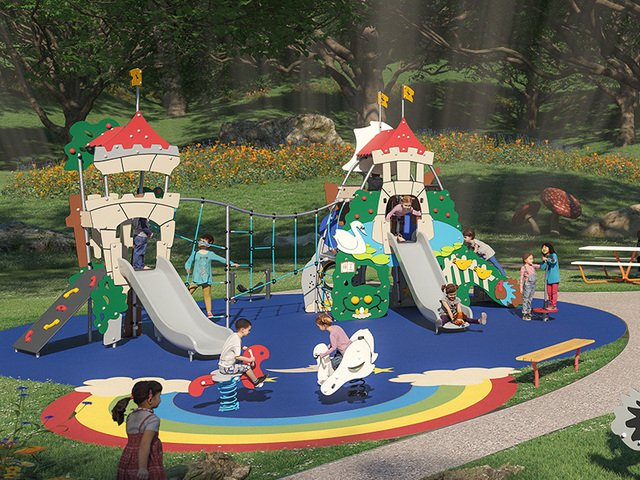Let’s make that claim even more outrageous. Without words, Adults Don’t Think!
The claim that babies don’t think is based on the theory that they need words to create the internal dialog that sometimes verges on schizophrenia for those of us on the spectrum. Without the appropriate words, adults can’t think about nuanced concepts either.
In my freshman year in college, we were given a writing assignment in which we could only use “simple words” contained in a small book in which there were some 270 words. I was amazed to find that one can write reasonably well using such a limited vocabulary. While instructive, this exercise did little to reduce my passion for vocabulary. As a kid, I read the dictionary for fun.
Bucky Fuller took a vow of silence for over a year, and this is why: “I must really from this point on just stop talking ’til I learn what the meaning of meaning is — what do I think, and which words do I wish to use?” He went on to coin many words, such as tensegrity and geodesic, that allowed us to think about complex ideas.
Words permit us to think about extremely complex ideas about the world and discover things about ourselves. In my lifetime, the terms dyslexia and Asperger’s helped me understand my academic and social challenges.
At eighteen, I discovered Eric Goffman’s wonderful works. In The Presentation of Self in Everyday Life, Goffman’s thesis is straightforward; all participants in social interactions are engaged in practices to avoid being embarrassed or embarrassing others. His essay, Encounters: Two Studies in the Sociology of Interaction – Fun in Games, deepened my understanding of play behaviors. Finally, his book Stigma: Notes on the Management of Spoiled Identity helped me better understand and deal with the challenges that I, and so many others who think, look, or behave differently than “normals” experience.
Goffman’s sociological approach is extremely fruitful to our understanding of child development. From this perspective, we can see that much of a child’s behavior is driven by trying to fit in. Failure to gain social acceptance is an existential threat of the highest order. Fundamental to this is the use of words. Parents get this issue intuitively. Few things will panic a parent more than that their child is slow to speak or read.
Our child-rearing practices and educational system pay little heed to the social underpinnings of child development, preferring to focus on products that can be measured by tests rather than on each child’s success in being comfortable in their own skin.
There are hundreds of explanations of why play is “fundamental.” Still, in my experience, the best examples are those that look first to the child’s ability to integrate socially and use terms like “play-based,” “true play,” and the newest entry by Suzanne Axelsson, “original learning.”
Another example of putting social integration as the top priority is the focus on inclusion as expressed by the term “kindness,” used by Magical Bridge Foundation in their play space designs, Kindness Ambassadors, and Kindness Kits. Their goal is simply to help children overcome the stigmatization of their differences through play.
The common thread here is what Mihály Csíkszentmihályi, referred to as “flow.” Martin Buber gets at this idea in I and Thou, in which he posits the notion that the world can be experienced as objects and experiences or as relationships in which one is not separated from the whole. Johan Huizinga talks about play in Homo Ludens, as the foundation of culture and where we learn the fundamentals of freedom and democracy.
It is through play that our individual differences cease to cause others or ourselves embarrassment.
Thank you for reading this far and allowing me to point to why I am such a critic of most existing playgrounds and campaign for a higher standard.
What these sources tell us is that a true play space must put social integration as the top priority and the entertainment value of the experience second. Many designers get this right when choosing wide slides for side-by-side play and looking for other features supporting group play. Likewise, educators are on the right path when they emphasize play, especially outside, and allow it to happen organically rather than looking for “teaching moments.”
We can do more to enhance play spaces by looking for where the most words are spoken, what features support long play episodes, when we see eye contact, etc. Such a study is long overdue.











